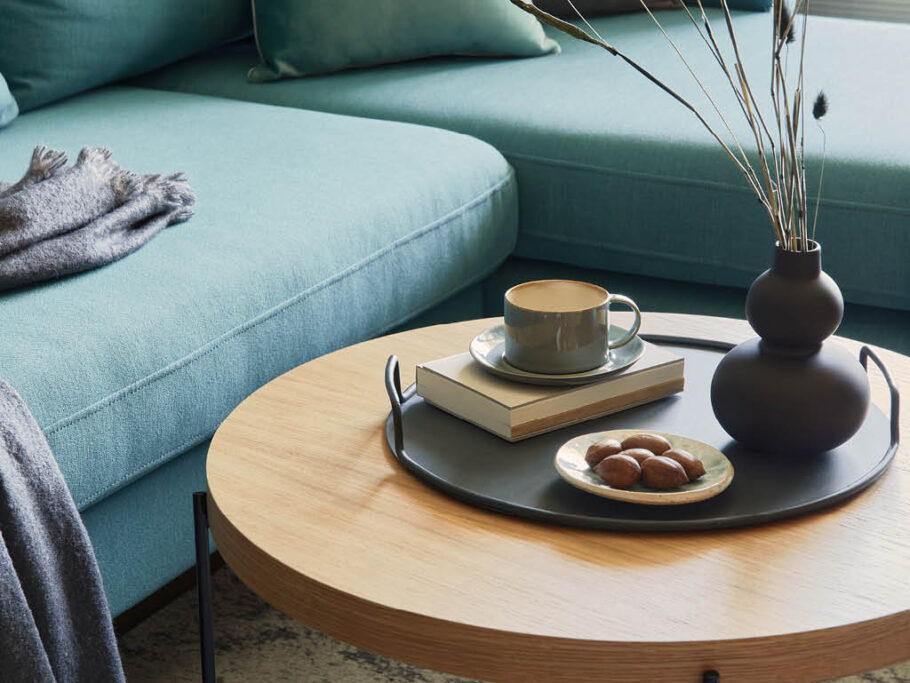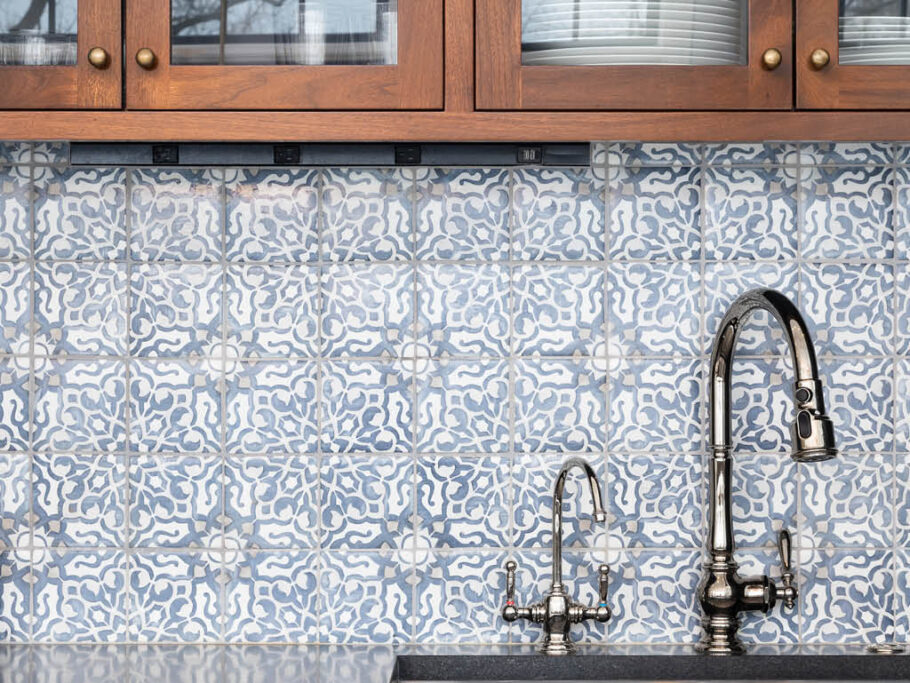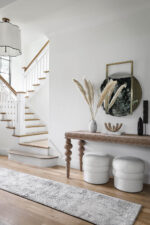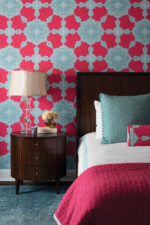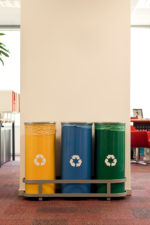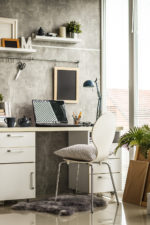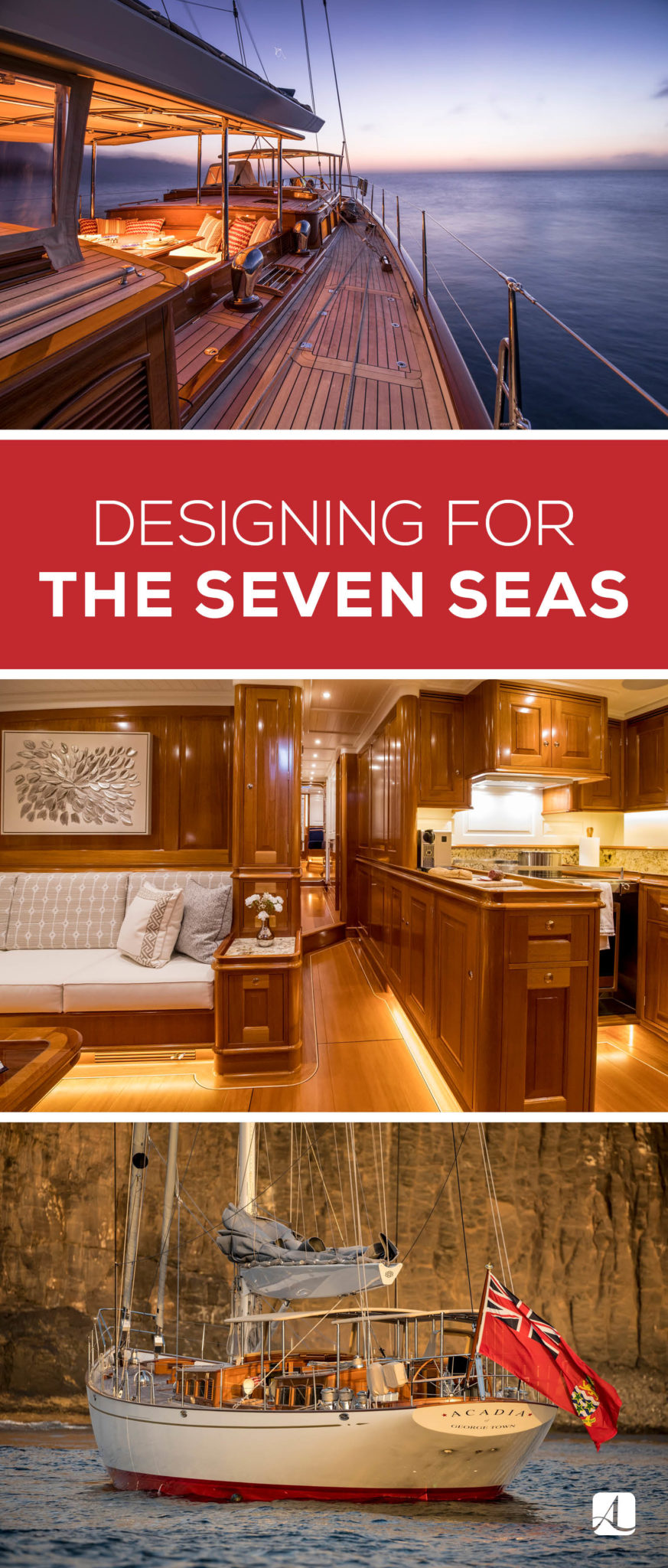Designing for the Seven Seas
Photography by Onne Van der Wal
Colleen Waguespack isn’t the typical interior designer. Through a series of life-changing events, Waguespack’s career took a turn toward the altruistic—giving her new perspective and helping her create spaces with a people-focused mission. Her vision for the Emerge Center provides world-class resources and support for children diagnosed with autism, and the luxury sailing ship SY Acadia is now being used for studying marine life around the world.
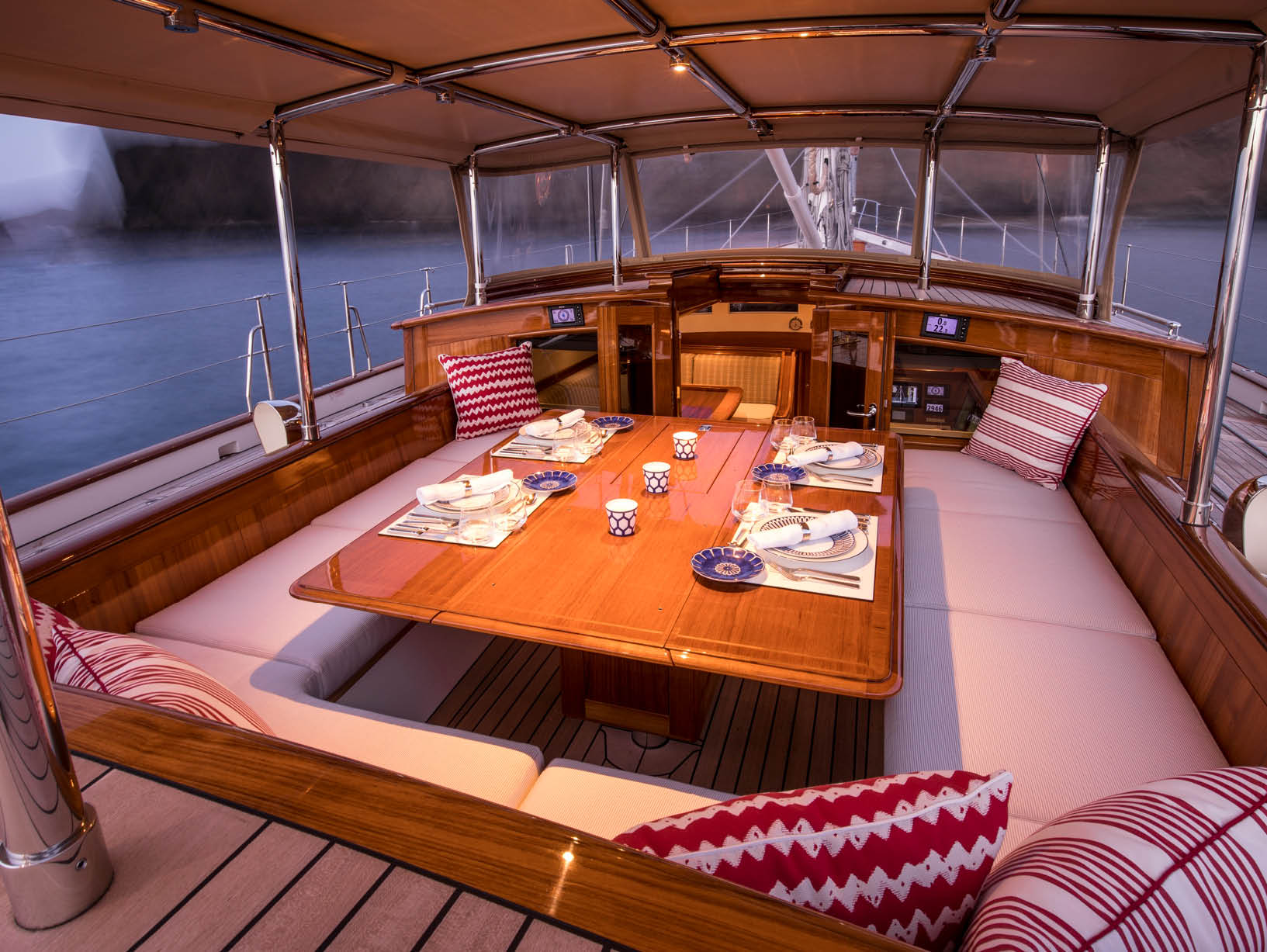
How did your career in interior design begin?
When it was time for me to go to college, my father said, “Find a career that can balance your business side and artistic side.” The dean of the school of design at LSU took me around to some of the different disciplines—architecture, design, and also to the theater school to look at set design, but I settled on interior design.
I think I really fell into the right profession. After graduation, I started working for corporate architecture firms in Washington, DC. That was perfect because it gave me the business environment and the artistic outlet at the same time.
What prompted your move to Louisiana?
My husband and I both went to LSU and are from Louisiana, so we wanted to go home and have our kids be around family. But then Katrina came, so we stayed in DC for a little while longer and had our third son. Eventually we realized there was no way we could do it without family, and my husband ended up getting a job offer in Baton Rouge.
Did the move to Baton Rouge push you to start your own firm?
It was not possible for me to find the same kind of corporate work in Baton Rouge. Before we left DC, I was working at a small start-up called Envision, which had a mission of making sustainability integral with design. The sustainability movement had just begun, and their goal was to create sustainable designs that didn’t look sustainable. I went with them thinking, “They’re small, and this can help me learn how to run my own small business.”
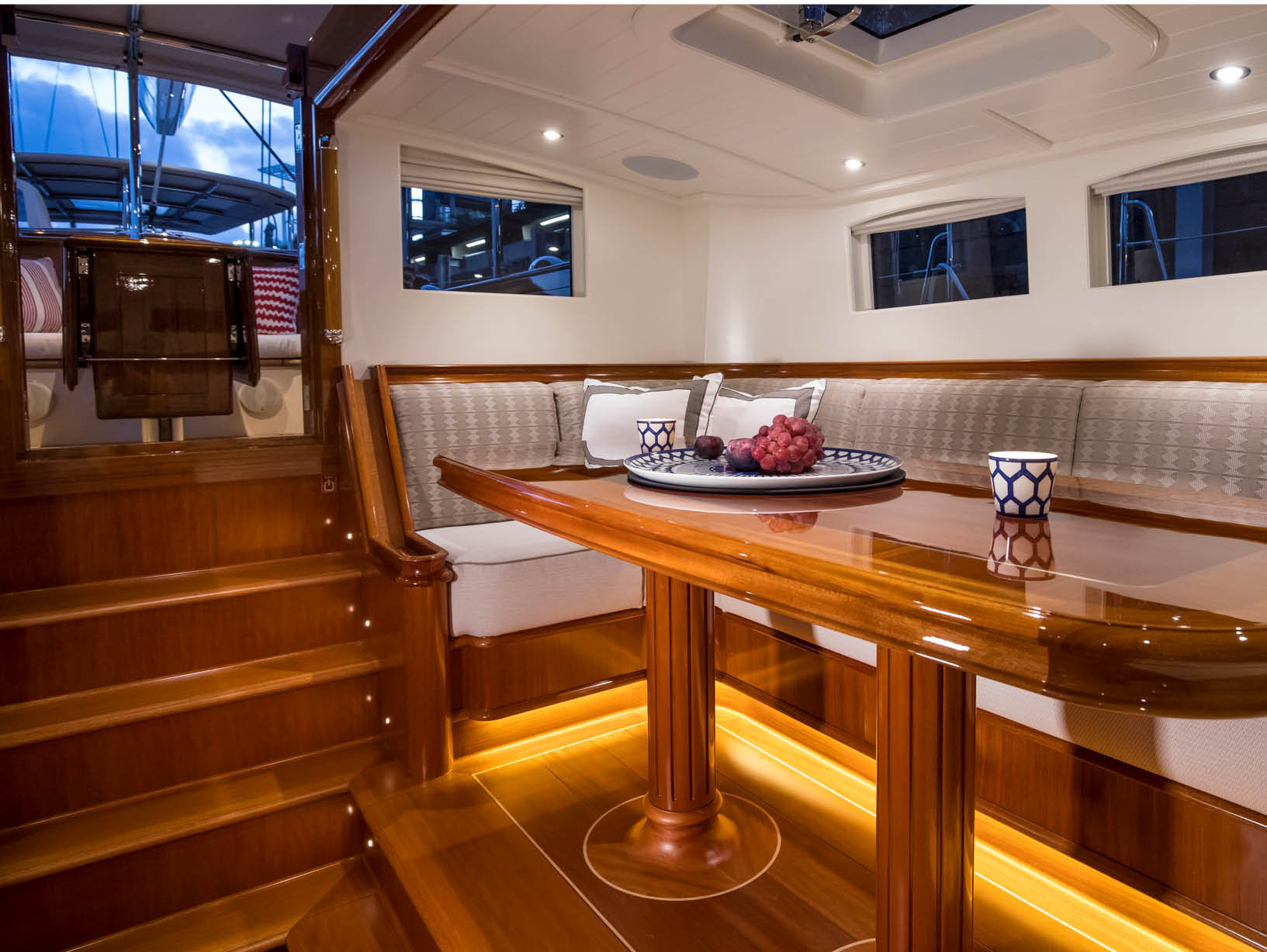
Tell us about your work with the Emerge Center:
As soon as we got to Louisiana, we discovered our son Christopher is on the autism spectrum. I researched into the middle of the night to make sure we were doing everything possible for him. It was very isolating as a parent. But there was one place, the Baton Rouge Speech and Hearing Foundation, that at least had a new program for autism three days a week. But once Christopher got to kindergarten I thought, “This is just nuts. There should be a place that has all the services he needs under one roof.”
The director of the Baton Rouge Speech and Hearing Foundation came to me and asked me to be on the board, and once I got on the board, I said to her, “We need to do a capital campaign. The numbers are getting higher and higher, and we need to bring every type of therapy into one place.” That was in 2007. The economy was in a terrible spot. I went out there and just started asking people for money directly. What came from that was I got to know a lot of people and businesses around Baton Rouge, and it allowed me to be clear in the vision and look of the center.
Did you acquire any new clients through that project?
That is exactly how I acquired Mark Rohr, the yacht client. He had come to Baton Rouge as the CEO of a chemical company, which had just moved its headquarters, and he was the first person I went to for the first big ask for the Emerge Center. I brought him to the old Baton Rouge Speech and Hearing Center, and I was going to ask him for $1 million. At the end of walking him around, he sat me down and said, “I’m going to give you $1.5 million,” and he explained to me how capital campaigns work. It was unbelievable.
He ended up taking a new position as the CEO of a Fortune 500 company in Dallas, and he asked me to design his new home there. That was a really great project, because Mark is a great guy, a great visionary, and really clear about his expectations. When that was done, he said, “OK, now we’re doing a yacht.”
I had never done a project like that before. But Mark and his wife are both from the Mississippi area and love the water, fishing, and sailing. For him, this was what he always wanted in life—to have his own boat of this level.

What was the process of collaborating with the ship’s architects? What were some of Mark’s goals for the design?
Scalewise, Mark was clear that he wanted to build something that he could sail himself, use to compete in gentleman’s cup races, and conduct marine research. He has a very modern and minimalist style, and in a limited amount of space, we had to make a lot of really specific decisions. In a lot of yachts, everything is mahogany wood, so we knew we wanted to modernize it while maintaining some of the other classic details that make it beautiful.
The company, Hoek Design, was very good, and they must have made a million 3D CAD models for us. In every single room, we tried a few different versions to determine how much would be wood, where we would add inlay, where we wanted panel, and where to include lacquered white versus the lacquered mahogany.
Because the yacht is made for sailing, you were limited in the amount of loose decor you could include. How did you overcome those limitations?
A boat like that literally has to be able to flip upside down under the water and pop back up. So there is nothing arbitrary in the entire space. You can’t give them a gift for the boat. We had to know the count of every saucer, every cup, and every piece of cutlery—everything. We designed it so every item has its own place.
We also decided to commission their two favorite artists to create pieces for the boat—to give it a more personalized feel and sense of a home away from home. When you’re in a boat of that scale, you also don’t have a clear view of the ocean, especially in the more confined spaces. So we purposely included pieces that provide depth and offer a sort of window to the rooms.
Were there any other small details you added to help personalize the space and make it feel complete?
As far as warming it up, the smallest things really make it special, like adding the metal inlay into the dining table or coffee table. That might be superfluous in someone’s home, but on a boat, if you don’t do those things, there’s no personalization. On the cockpit table, we did an inlay of a conch shell and a star pattern—these are the types of things we spent a lot of time on.

What was most rewarding about this project in particular? Did you learn anything new about yourself as a designer?
One of the most rewarding things, but also the most time-consuming part, is getting to know the family and their lifestyle. In a project like this, you think, “I’m not a yacht designer. I probably won’t design five more yachts.” But I had the confidence to go into it because I was coming in as the Rohr’s representative and knew how to execute something that would make them happy and comfortable. Their home in Dallas was very modern and pared down, and I felt like we were able to translate that into this beautiful sailing yacht that people would see and say, “Wow, that’s really well done.”
I’m thrilled to see they’re not only enjoying it but also funding all of this marine research. He’s really using it for what he wanted to use it for, it’s functional, and everyone is happy—that’s totally rewarding.
For more info, visit colleenwaguespackinteriors.com



